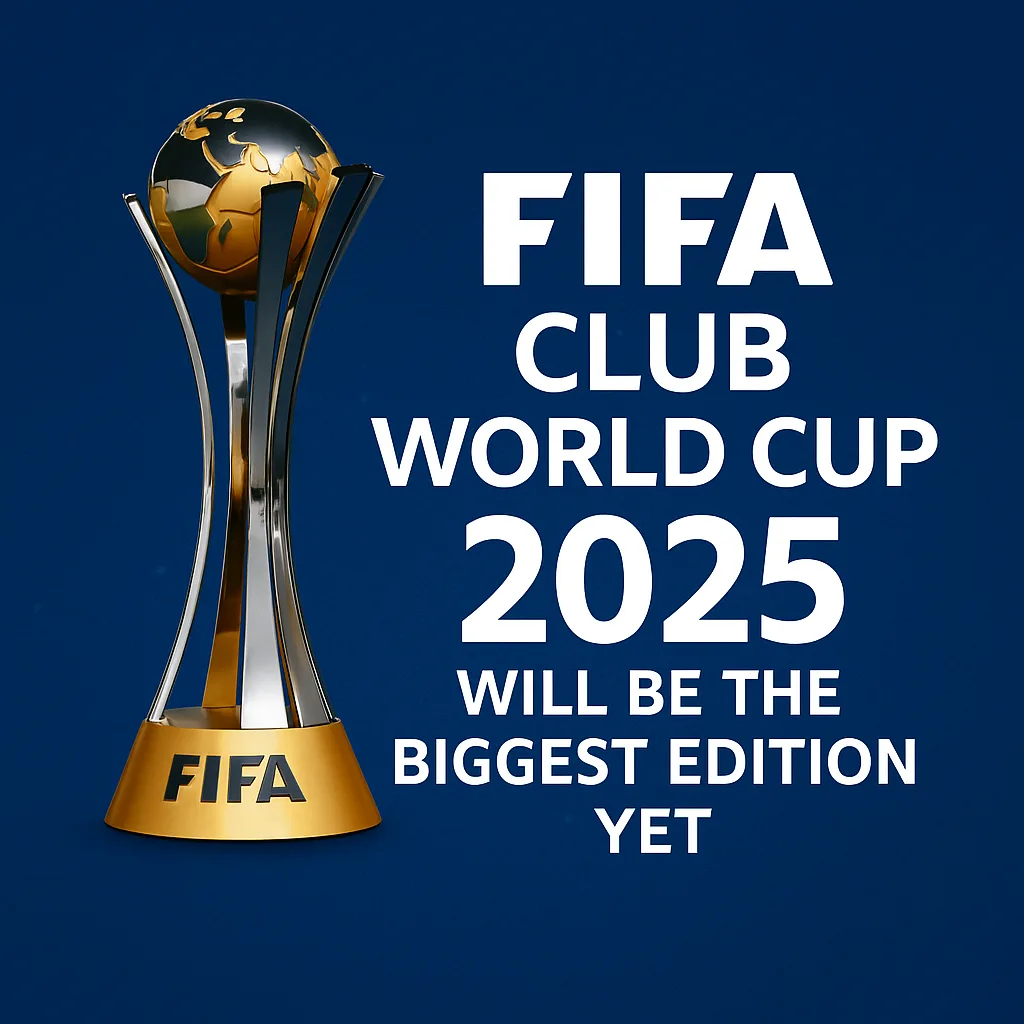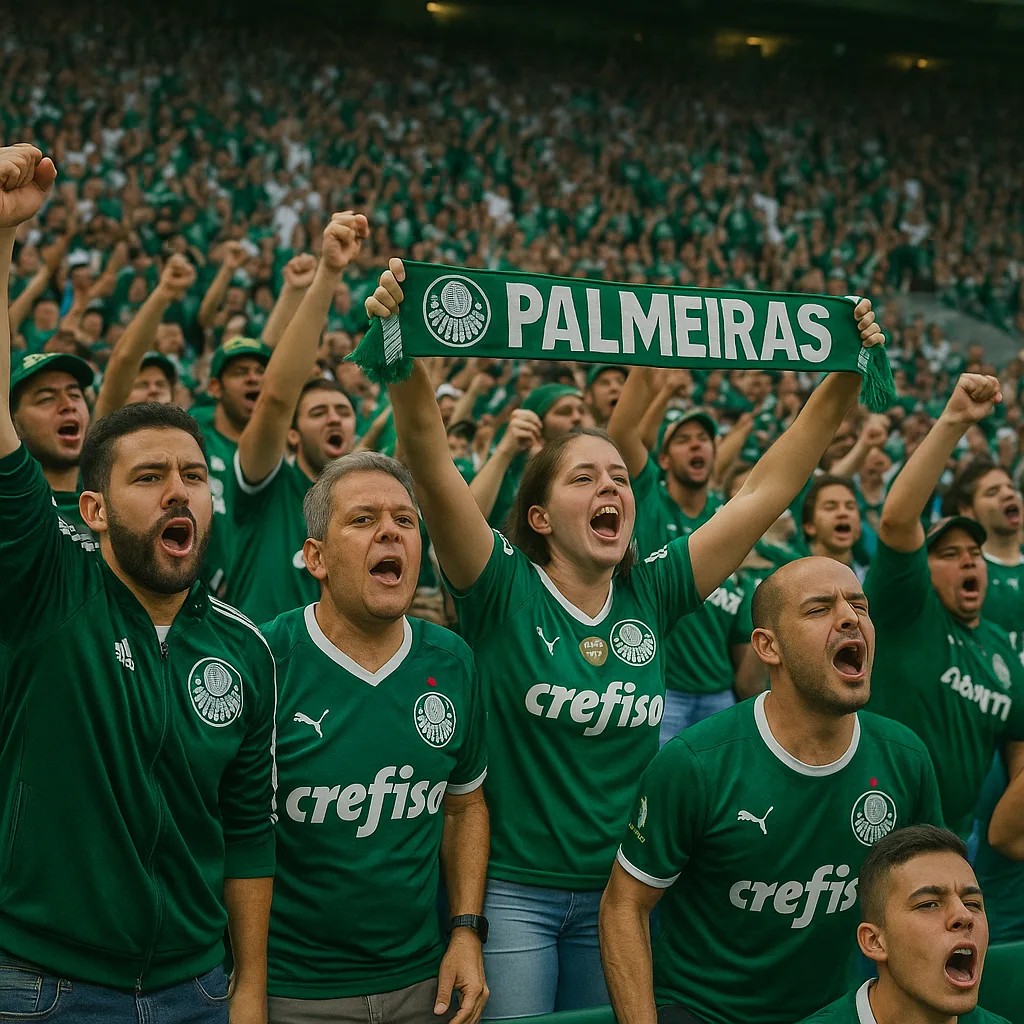The FIFA Club World Cup 2025 is more than a football tournament — it’s an economic catalyst for the host cities across the United States. With 32 elite football clubs, tens of thousands of international fans, and massive global media attention, this revamped edition of the Club World Cup is poised to generate record-breaking revenue for local governments, businesses, and infrastructure systems.
So, how much revenue will these host cities make from the FIFA Club World Cup 2025? Let’s break down the numbers and examine the sources of income that will fuel local economies across the country.
💰 Estimated Revenue from the Club World Cup 2025
Based on economic modeling from past FIFA events and major U.S. sporting tournaments, it’s estimated that each host city could generate between $150 million to $500 million in direct and indirect revenue, depending on the number of matches hosted, stadium size, tourist volume, and local business infrastructure.
The total national impact across all U.S. host cities could exceed $2.5 billion, making it one of the most lucrative international sports events ever hosted in the U.S.
🏟️ Breakdown of Host City Revenue Streams
1. Tourism & Hospitality
The biggest revenue driver will be tourism. Visitors spend money on:
- Hotels and vacation rentals
- Restaurants and bars
- Local attractions and entertainment
- Public transportation and ride-sharing
Example: If a city like Miami hosts five matches, it could attract 100,000+ out-of-town visitors, with average spending per visitor between $1,000–$2,500. That alone could generate upwards of $250 million in hospitality revenue.
2. Stadium Revenue & Local Operations
While FIFA controls much of the event’s ticketing, host cities benefit through:
- Local vendors and concession stands
- Security staffing and city contracts
- Parking fees and public transit usage
- Stadium-related rentals and services
A stadium like SoFi Stadium in Los Angeles or MetLife in New Jersey could see over $10 million in venue-based revenue per match, including licensing and rental agreements.
3. Retail, Merchandising & Local Businesses
From official Club World Cup merchandise to independent retailers selling themed apparel, flags, and accessories, local businesses are expected to see a significant sales boost. Tourist-heavy neighborhoods will benefit from:
- Branded merchandise sales
- Pop-up fan zones and events
- Soccer bars and watch parties
In 2018, during the FIFA World Cup in Russia, merchandise sales alone generated over $100 million globally — a figure expected to be even higher in the consumer-heavy U.S. market.
4. Short-Term Employment & Gig Economy
The tournament will create thousands of temporary jobs:
- Stadium staff
- Event security
- Translators and guides
- Transportation and logistics workers
- Content creators, freelancers, and hospitality crews
In cities with high unemployment or seasonal job markets, the Club World Cup 2025 could offer a short-term economic boost and even lead to longer-term job creation in tourism sectors.
5. Media, Advertising & Sponsorship Activation
FIFA and club sponsors like Adidas, Coca-Cola, and Visa are expected to invest heavily in on-ground marketing activations. Host cities may license public space for:
- Giant screens and public viewings
- Sponsored installations and interactive zones
- Ad-covered transit hubs and billboards
This infusion of corporate advertising dollars into local economies is a unique perk of hosting an international mega-event.
🌎 What Makes the USA Unique for Club World Cup Revenue?
Unlike many previous host nations, the United States already has:
- World-class stadiums with large capacity
- A robust tourism infrastructure
- Global cities like Los Angeles, New York, and Miami that double as media and commercial hubs
- A growing soccer fanbase, including massive Hispanic, European, African, and Middle Eastern communities
This means that revenue will not only be large — it will also be diversified. Cities can capitalize on both local and international foot traffic and create layered revenue opportunities across industries.
🔄 Long-Term Impact After the Tournament
In addition to short-term gains, cities stand to benefit from:
- Improved transportation systems
- Upgraded stadium infrastructure
- Increased international visibility
- Repeat tourism driven by visitors returning post-event
If handled strategically, the Club World Cup 2025 can become a launchpad for even larger gains tied to the FIFA World Cup 2026, which the U.S. will co-host.
🏙️ Cities Poised for the Biggest Gains
While the official host cities list is still being finalized, projections suggest that the top-earning Club World Cup 2025 cities may include:
- Los Angeles – Largest stadiums and corporate spending
- Miami – High Latin American turnout and tourist appeal
- New York City / New Jersey – Media capital and global fanbase
- Atlanta – Football-hungry city with world-class infrastructure
- Dallas / Houston – Strong stadiums and regional fan turnout
- San Francisco Bay Area – Tech sponsor presence and high-spending tourists
📊 Club World Cup USA 2025 – Revenue Snapshot
| Category | Estimated Revenue per City |
|---|---|
| Tourism & Accommodation | $100M – $300M |
| Stadium/Event Operations | $5M – $15M per match |
| Retail & Local Business | $20M – $50M |
| Jobs & Temporary Hiring | 2,000 – 5,000 new positions |
| Advertising & Sponsorship | $10M – $30M |
🧾 Final Thoughts
The FIFA Club World Cup 2025 won’t just be a celebration of elite football — it will be an economic game-changer for U.S. host cities. With billions expected to flow through stadiums, hotels, restaurants, and small businesses, the tournament is a golden opportunity to boost local economies on a global stage.
At Soccer n Popcorn, we’ll be following the numbers, the stories, and the long-term effects — because this is more than a game. It’s a business, a celebration, and a chance to reshape how America hosts the world’s sport.
📬 Don’t Miss Our Coverage
Subscribe to Soccer n Popcorn for weekly updates on the FIFA Club World Cup 2025, city guides, financial forecasts, and behind-the-scenes insights.
Follow us on Instagram [@soccernpopcorn] and sign up for our newsletter to get FIFA Club World Cup 2025 updates, match guides, behind-the-scenes stories, and exclusive fan experiences.

I’m a Brazilian copywriter and the voice behind Soccer n Popcorn. I’ve been in love with football for as long as I can remember — especially the electric energy of stadiums and the stories that unfold off the pitch. From fan chants to behind-the-scenes rituals, I’m here to explore everything that makes the game more than just 90 minutes.

